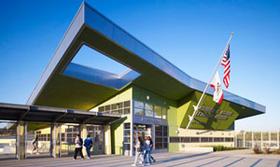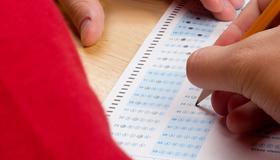Despite the budget cuts that have hit school districts nationwide over the past two years, recent numbers released for 2008 show that education was surprisingly healthy in the financial realm before the economic slowdown.
A recent analysis of U.S. Census Data by Bloomberg showed that public school systems spent more on education per student during this year than in the previous 16 years of education spending. An article in Bloomberg Businessweek recently reported that the average spending per student across the country was $ 10,259, with some districts spending more and others spending much less.
What the Numbers Show
The Bloomberg report was calculated for the 2007-2008 school year, and it included all 50 states. To get an accurate picture of education spending over the last two decades, numbers were adjusted for inflation. The results showed that this particular academic year boasted the biggest spending increase since at least 1992, the earliest year this type of data was available.
In a Georgia Education News blog report, Lisa Blumerman, chief of the Governments Division at the U.S. Census Bureau, said, "This report on public school spending shows us how taxpayer money is being spent on education. Public education is the single largest category of all state and local government expenditures. These data provide a detailed picture of how available resources are spent within the public education system."
School funding comes from various local, state, and federal sources. In 2008, public school systems received $582.1 billion in






















